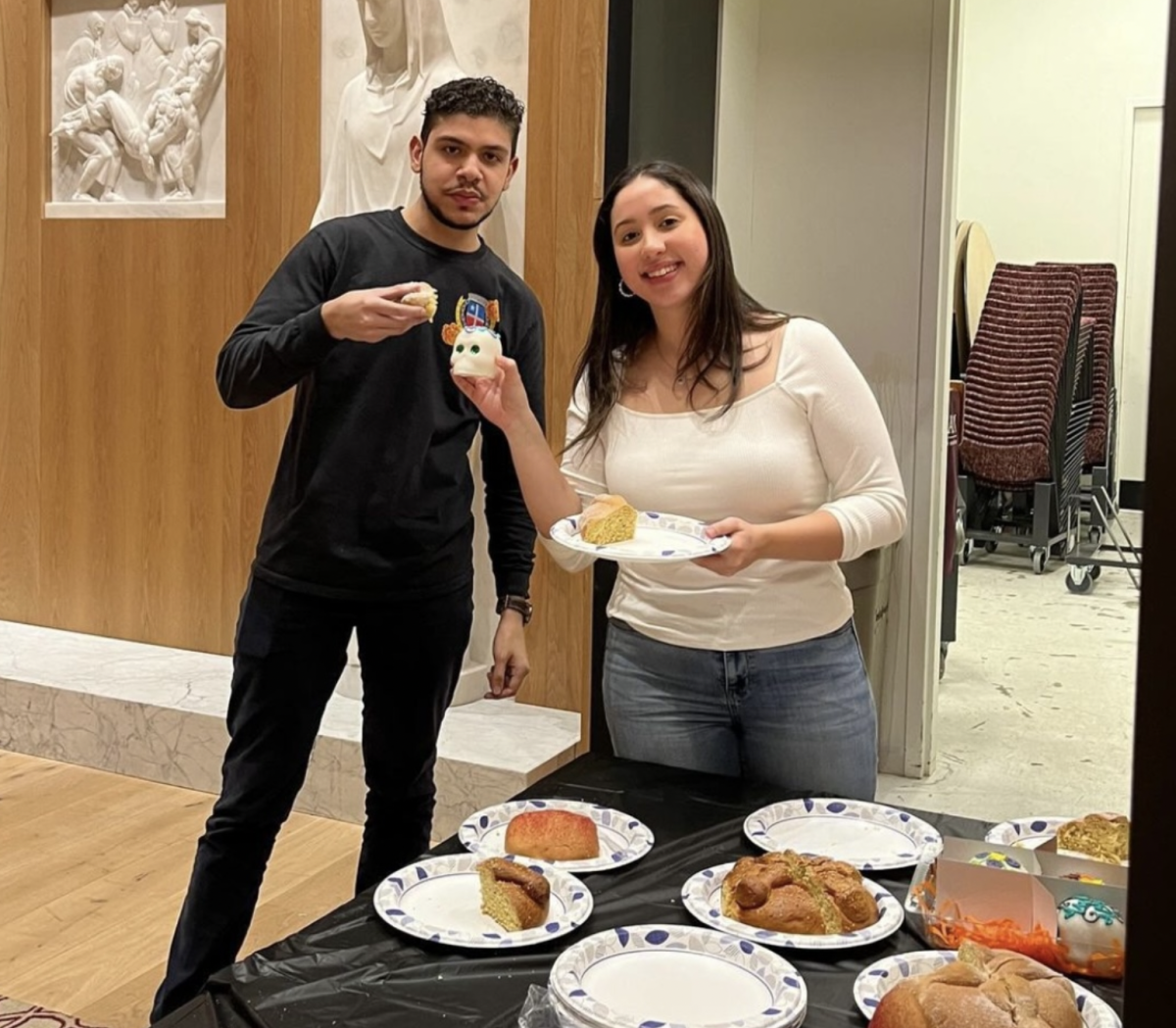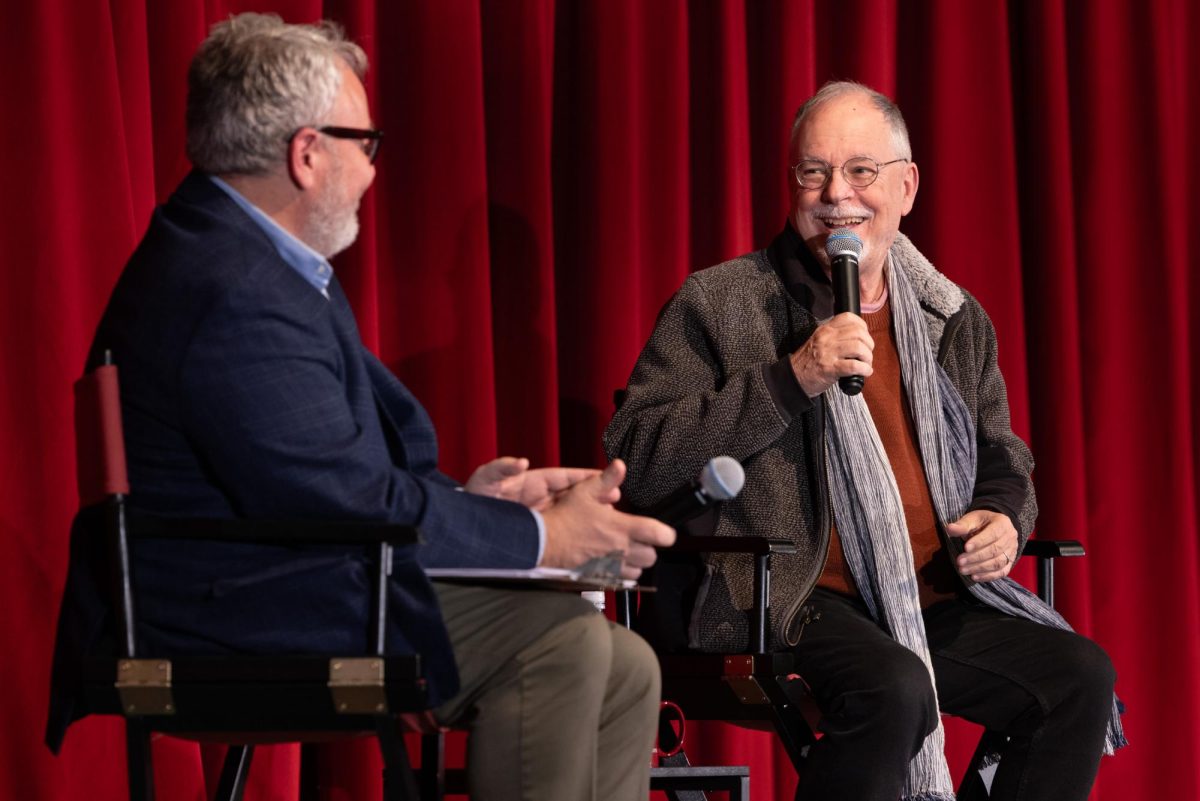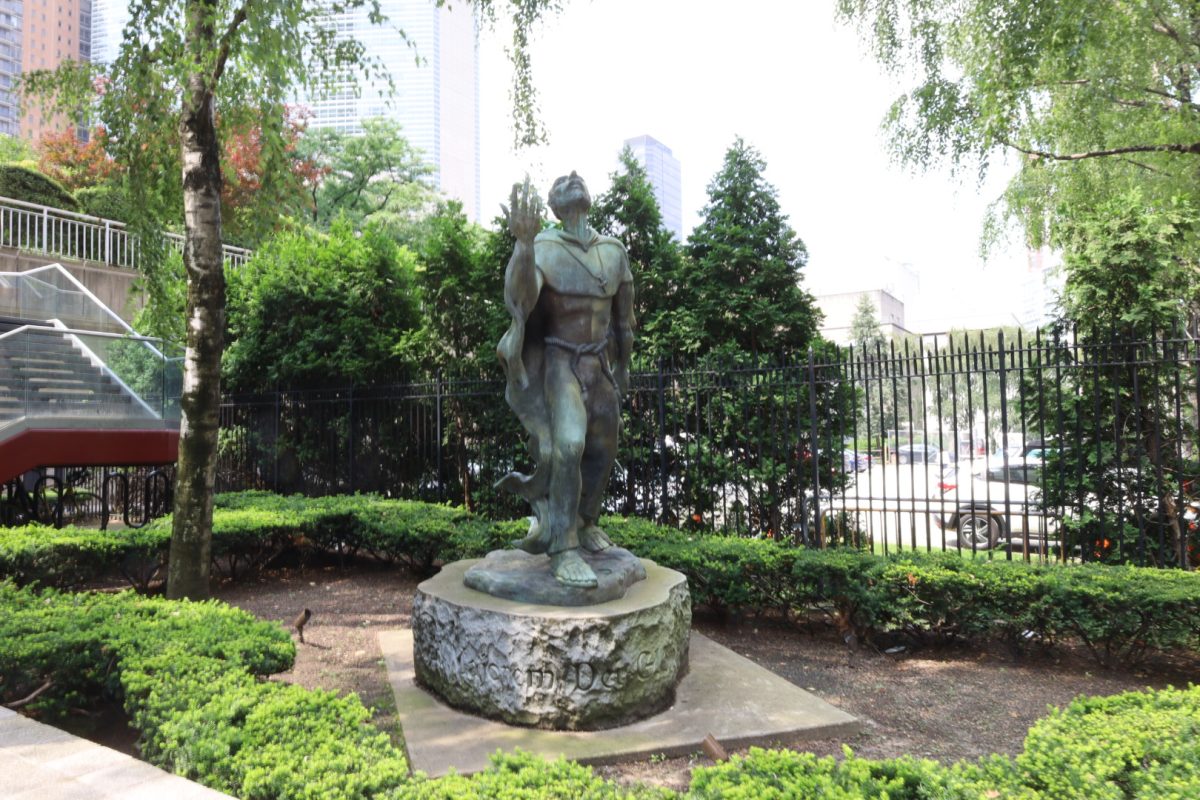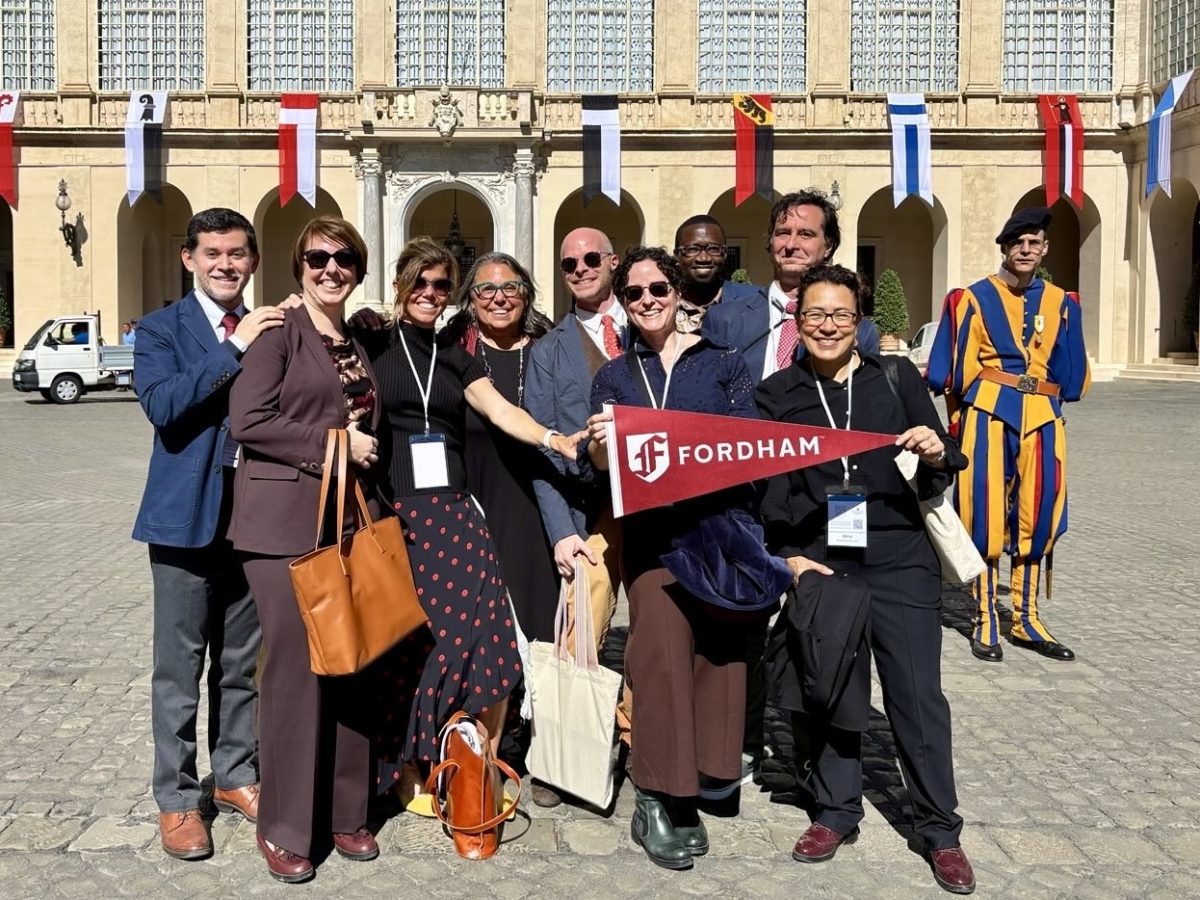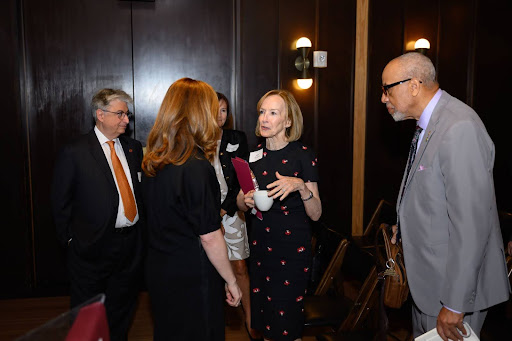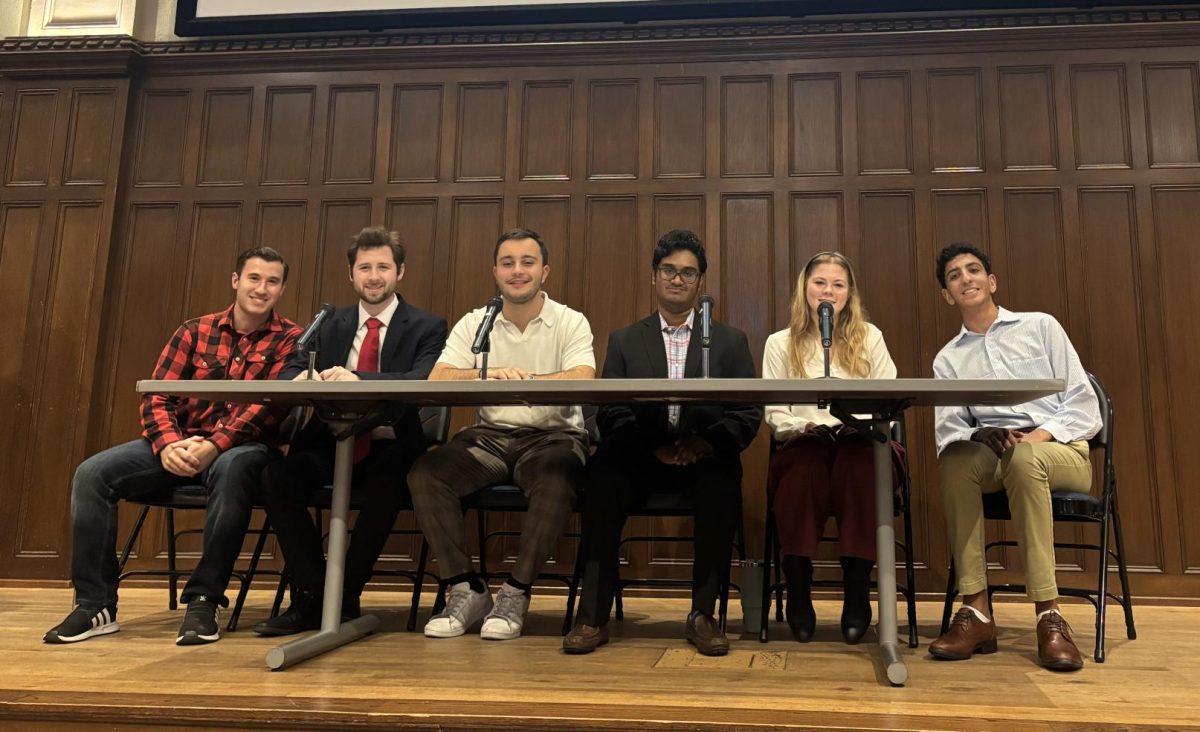On Nov. 2, Campus Ministry celebrated Day of the Dead with a bilingual mass at the University Church and a gathering at the McShane Campus Center. This two-day tradition, properly known as Día de los Muertos, is a Mexican holiday that honors loved ones who have passed away. This holiday is distinctly characterized by the colorful, festive and lively altars and parades. Day of the Dead is aligned with All Saints’ Day and All Souls’ Day, Catholic holidays that commemorate saints and “All the Faithful Departed.” The Day of the Dead celebration hosted by Fordham’s Campus Ministry highlights one of the distinct traditions, rituals and celebrations of life and death around the world. The All Saints’ and All Souls’ traditions have been a part of Fordham since its foundation in 1841; however, Día de los Muertos in Fordham is a more recent cultural expression of religious heritage as the campus has become more diverse, said Father Jose-Luis Salazar, executive director of Campus Ministry, given that 16.8% of Fordham’s population is Hispanic or Latino. Melvin Martinez, FCRH ’25, the Public Relations Liaison for El Grito de Lares and Campus Ministry intern, expressed that “seeing an integral part of [his] culture get properly represented and highlighted is huge especially when attending a primarily white institution.”
This event was made possible due to the efforts of El Grito, Student Org’n of Latines (SOL), Commuting Students Association (CSA) at Lincoln Center and the Office of Multicultural Affairs, as well as Campus Ministry. Martinez also said the involvement of Bronx-local Mexican business owners that catered the festivities — Sanchez Grocery & Bakery and Blanquita Restaurant.
“It’s moments like these that make me realize how much it matters to be actively involved in the Bronx community as Fordham students because the locals, especially those from a similar background as me, appreciate it so much,” said Martinez.
The Día de los Muertos celebration event is one of El Grito’s biggest events of the semester, as they worked to coordinate everything from the ofrenda, to the food and festivities. Before Nov. 2, El Grito opened submissions so that everyone could share pictures and objects for the ofrenda. This was displayed at the University Church.
Martinez said “it’s important to be active and highlight the works of the locals in our community, praxis-based learning.”
Día de los Muertos is a holiday widely celebrated in Mexican culture. It is believed that the gates to the realm of death open to give people a chance to interact with their loved ones who have passed. Altars, or ofrendas, are displayed with the deceased’s favorite foods, drinks, flowers or objects related to their memory. This blurred line between the living and the dead has been incorporated into Mexican culture since the Ancient Aztec Civilization, over 3000 years ago. The Aztecs viewed death as the beginning of life more than the end of it. For this reason, those who died in sacrifice were honored with a ceremony. According to Aztec beliefs, the dead pass on to either Tlālōcān or Mictlān — paradise or the underworld. This concept is also a part of Catholicism, which is the most prominent religion in Mexico today. In Catholicism, a person’s soul goes on to heaven or purgatory. Originally, the Aztecs celebrated Día de los Muertos during the summer; however, with Spanish colonization in the 16th century, many religious practices were overridden or adjusted to Catholic practices. While these are different celebrations, they both are days of remembering and celebrating those who have passed. According to the United States Department of State, 78% of Mexico’s population practices Roman Catholicism, and some Indigenous people practice religious traditions that blend indigenous and Catholic beliefs. Día de los Muertos is one example.



































































































































































































